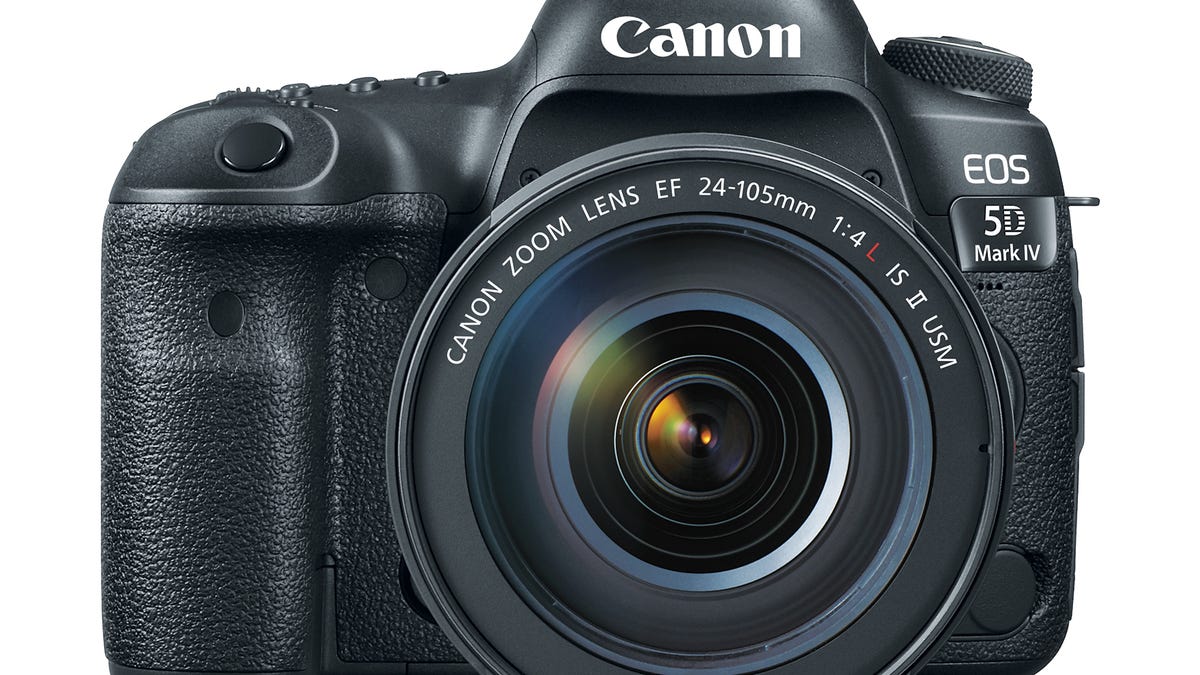Adobe Lightroom embraces Canon's hot new camera -- part way
It's a struggle to work with every new camera, each with its own raw photo format, but Adobe's got core support for Canon's hot new 5D Mark IV.
Adobe Systems on Tuesday updated its Lightroom photo-editing software to support a major new camera, the Canon EOS 5D Mark IV -- but not yet some of the changes technology encroaching onto the photography market.
At $3,500, the new Canon SLR may be out of reach for many, but its predecessors have been extremely popular among pros and enthusiasts, so Lightroom support is essential. The new software also can handle raw photos taken with Apple's iPhone 6S, iPhone 6S Plus, iPhone SE and iPad Pro 9.7 now that Apple has opened access to the higher-quality raw photo format.
It's always a scramble for Adobe to support raw photos -- usually a proprietary format that differs from one camera to the next. The 5D Mark IV adds another wrinkle: a new option called dual-pixel raw. Lightroom supports dual-pixel raw photos fine, but it can't take advantage of features Canon does with its own Digital Photo Professional software. That includes fine-tuning focus and reducing lens flare problems.
If you're into photography, you're in luck. As people move to mobile phones for ordinary photography the camera industry is desperately courting photo enthusiasts with advanced camera models. Exotic hardware designs might make it hard to tap into the new camera's hardware power, though.
For example, it took a couple passes before Lightroom supported Fujifilm's unusual X-Trans image sensors, which are designed to capture fine detail better than conventional sensors. And Adobe has a lot of work on its hands if it wants to tap into the power of the dual cameras on Apple's iPhone 7 Plus. One radical change is a "depth map" detailing how far parts of the scene are from the camera. Apple hasn't said whether third-party camera apps will be able to access the distance data, something that would help developers like Adobe follow Apple's footsteps in blurring backgrounds of portrait photos.
For anyone wanting to exploit Canon's dual-pixel technology, Adobe recommends photographers take a detour Canon's Digital Photo Professional software, at least for now.
"If you are planning on using the dual-pixel raw file format, we suggest you consider using Canon DPP before you bring the file into Lightroom or Photoshop's Adobe Camera Raw," said Sharad Mangalick, Adobe's senior product manager for digital imaging. "Make your adjustments, render out a TIFF file at the highest quality, then bring that into ACR or Lightroom."
The new Lightroom version -- CC 2015.7 for Creative Cloud subscribers or 6.7 for those who bought a traditional perpetual license -- also opens a new conduit for those trying to sell their photos. They can now upload shots directly to Adobe's new Stock Publish Service from Lightroom CC. Adobe announced the changes during the Photokina show in Germany, a top conference for higher-end cameras.
However, people using older versions of Lightroom might need to update their Mac software, because the new Lightroom now requires OS X 10.10 or later.


